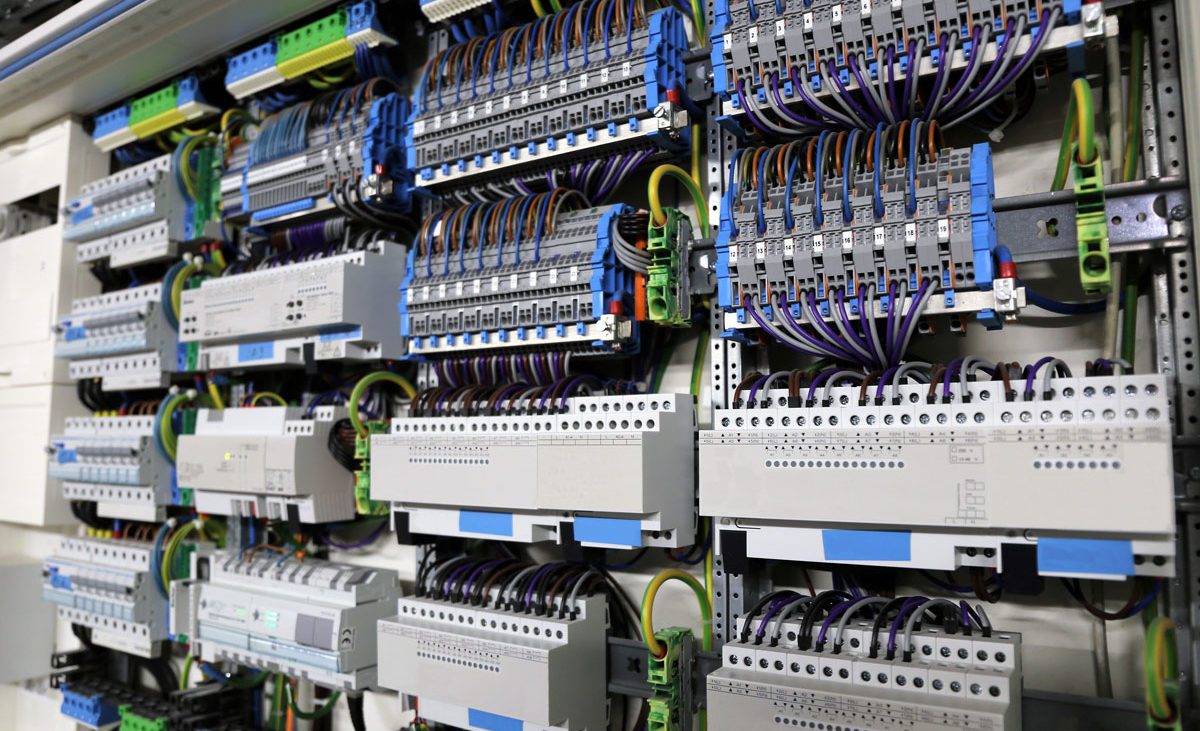Cutting-edge Electric Design Services for Modern Facilities
As city settings expand significantly intricate, integrating modern technologies such as wise grids and renewable power sources becomes paramount. These advancements not just assure to maximize power consumption yet also foster strength versus future needs.
Importance of Cutting-edge Electric Design
Cutting-edge electric design plays an essential function in modern facilities, influencing not only efficiency however additionally sustainability. As cities advance and the demand for energy rises, the need for advanced electric systems comes to be paramount. These systems must not only satisfy existing demands yet additionally anticipate future growth and technological innovations.
A well-executed electric design can dramatically decrease energy usage, thereby reducing operational expenses and minimizing ecological impact. By including renewable resource sources, such as solar panels and wind generators, ingenious styles can boost power independence and durability. Clever grid innovations enable for real-time monitoring and administration of power distribution, enhancing performance and reducing waste.
Safety and security is another vital element of electrical design. Implementing innovative modern technologies and extensive standards can reduce threats related to electrical failures, making sure a safe setting for citizens and companies alike. Furthermore, cutting-edge layouts promote versatility, permitting infrastructures to incorporate emerging innovations flawlessly.
Trick Fads in Electric Design
As the landscape of electrical design remains to progress, several crucial patterns are shaping the future of the industry. One significant fad is the combination of wise innovation into electrical systems. The proliferation of the Internet of Things (IoT) has actually allowed real-time monitoring and control of electrical tools, improving effectiveness and assisting in anticipating maintenance.
One more pattern is the expanding emphasis on modular design. This strategy enables flexible and scalable solutions, enabling facilities to adapt to altering demands without extensive remodellings. In addition, the usage of advanced simulation tools and Building Info Modeling (BIM) is becoming increasingly prevalent, improving the design procedure and improving collaboration among stakeholders.
Moreover, advancements in materials scientific research are bring about the growth of lighter, a lot more durable, and energy-efficient elements. This innovation is especially essential for high-performance buildings and infrastructure jobs.
Finally, there is a marked change in the direction of data-driven decision-making - electrical engineering design services. Leveraging data analytics aids developers enhance systems for performance and cost-effectiveness. Together, these fads signify a transformative age in electrical design, enhancing performance, sustainability, and resilience in modern framework
Sustainable Energy Solutions
Sustainable power options are progressively becoming a vital emphasis in electric design, showing a wider commitment to ecological responsibility and source performance. These options aim to decrease environmental effect while optimizing power consumption in various facilities, from domestic buildings to big business centers.
One of the leading methods entails the integration of renewable resource resources, such as photovoltaic panels and wind turbines, into electric systems. This not only lowers dependence on nonrenewable fuel sources however additionally improves energy strength. Furthermore, ingenious energy storage next systems, such as innovative batteries, allow efficient monitoring and distribution of energy, guaranteeing that excess power created during peak manufacturing can be made use of during high need durations.
Moreover, energy-efficient design methods are being taken on to improve total system performance. This includes utilizing energy-efficient illumination, a/c systems, and clever structure technologies that More about the author keep an eye on and adjust power use based on tenancy and ecological problems.
Smart Grid Technologies
The application of lasting power options naturally brings about the exploration of wise grid innovations, which play a pivotal role in updating electrical systems. Smart grids utilize progressed interaction modern technologies and information analytics to enhance the integrity, performance, and sustainability of electricity distribution. By incorporating electronic modern technology with traditional grid framework, these systems help with real-time tracking, automated control, and improved decision-making abilities.
One of the key features of smart grids is their ability to suit renewable resource resources, such as solar and wind power. This versatility not only minimizes reliance on nonrenewable fuel sources however also enables a much more decentralized energy manufacturing version. Moreover, wise grids allow demand feedback programs, where consumers can adjust their power use based on real-time rates, thus promoting power conservation and minimizing peak load needs.
Furthermore, wise grid technologies improve grid resilience by enabling quicker recognition and resolution of failures, inevitably reducing downtime. With predictive maintenance and analytics, energies can enhance electrical load calculation and optimize operations solution shipment. As cities and neighborhoods remain to advance, wise grid modern technologies are essential for developing a lasting and efficient electric infrastructure that satisfies the needs of contemporary culture.

Future-Proofing Facilities
To guarantee lasting stability and versatility, future-proofing infrastructure is essential in the swiftly advancing landscape of electric design solutions. As technology breakthroughs and energy needs shift, it is critical that electrical systems are designed with versatility in mind. This entails integrating scalable solutions that can fit future upgrades without necessitating considerable overhauls.

In addition, sustainability must be a cornerstone of future-proofed designs. Utilizing renewable resource resources, such as solar and wind, and enhancing power efficiency lower dependence on fossil fuels, straightening with international initiatives to battle climate change.
Final Thought
By focusing on sustainability, adaptability, and efficiency, these services deal with the developing needs of power systems. The assimilation of wise grid innovations and lasting energy options improves durability and reduces operational prices.
A well-executed electric design can considerably reduce energy consumption, thereby decreasing operational expenses and reducing ecological influence. By including sustainable power sources, such as solar panels and wind generators, innovative designs can boost energy self-reliance and resilience. Additionally, innovative energy storage systems, such as sophisticated batteries, allow reliable monitoring and circulation of power, making sure that surplus energy produced throughout height production can be used throughout high need periods.
Wise grids make it possible for demand reaction programs, where consumers can readjust their energy use based on real-time rates, therefore advertising energy preservation and decreasing peak load needs. (residential electrical design)
As innovation advancements and power demands change, it is important that electric systems are made with versatility in mind.